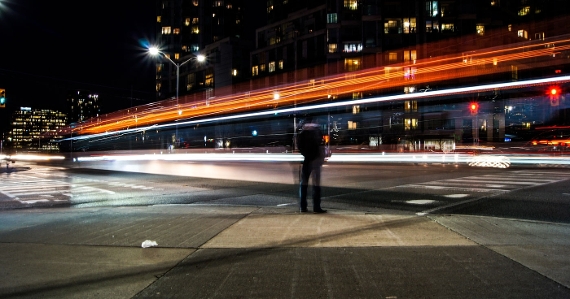Europe, the 2 Seas area and local/regional authorities are far behind in meeting carbon reduction targets for 2020. Public lighting (PL) is responsible for about 35% of carbon emissions caused by local/regional authorities. The potential gains are high (up to 18%, i.e. 200 tons/year per average NL-municipality) and easy to achieve because of existing and new technologies. Nevertheless, so far only minor results have been realized, mostly because of uncertainty about various financial aspects (affordability, access to funding and proven business cases), but also because of lack of knowledge, lack of experience with innovative systems and about acceptance of safety issues (social and traffic). The challenge is to face these obstacles and barriers and to convince stakeholders to accelerate the roll-out of smart PL-systems by demonstrations, tools/models about carbon-reduction effects, technical, financial and social feasibility (including safety) based on innovative PL-applications.
Overall objective
Developing and testing of various methods, tools and concepts (funding, affordability, social and traffic issues) and the implementation and demonstration of proven innovative techniques (TRL scale 6-9) for energy savings, energy efficiency and renewable energy use in public lighting. All these actions aim to increase the uptake of sustainable public lighting concepts and carbon reduction by managing authorities.
Main outputs
- 5 developed and validated methods, tools and concepts to accelerate the use of low-carbon technologies in public lighting: funding models, business cases, public involvement and support, decision support tool and cross-border knowledge platform
- Overall monitoring and evaluation study about the outcomes of 7 funding models and business cases in real live conditions
- 7 pilots of different low carbon lighting techniques (dimming, remote, sensors, dynamic optimisation, low voltage solutions) in different surroundings (rural, urban, nature, business areas), including demonstrations, monitoring and evaluations regarding CO2-reduction and societal response
- A comprehensive feasibility study on 7 different low carbon PL-technologies applicable for other PL-managing authorities
- Involvement of over 200 beneficiaries as governments, entrepreneurs in lighting, nature conservation organisations and public interest organisations (road safety, inhabitants) within and outside the 2 seas area
Cross border approach
To reach the outputs and results and to make them accessible for all stakeholders in the 2 Seas area it is important to bring together expertise and knowledge of different countries in a single multi-disciplinary project team. The multi-disciplinary capability is required in order to achieve the optimal results regarding tools and models, monitoring of pilots, different PL-systems and circumstances. The Prov. of West-Flanders and WVI bring in their knowledge platform; Suffolk CC and IGEMO bring in their experiences with smart lighting, Portsmouth University and Avans UAS knowledge about (the development of) tools and models and the other pilot partners their experiences with preparation and implementation of systems. This cross-border cooperation is also required as a stepping stone to develop a future cross-border multi-disciplinary platform where stakeholders work together to promote and accelerate the implementation of innovative low-carbon PL-solutions.
Video
- YouTube, 19-01-2021: Smart Light Concepts

